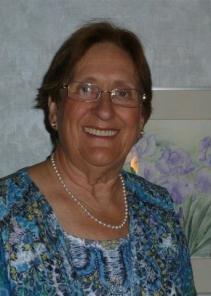 We’re very pleased to share an interview with Dr. Evelyn Jain, a renowned family physician best known for her work on the management of tongue tie for breastfeeding babies. Dr. Jain is a Family Physician, Clinical Assistant Professor in the Department of Family Medicine at the University of Calgary, and director of the Lakeview Breastfeeding Clinic. She has been working with mothers and babies for over 20 years.
We’re very pleased to share an interview with Dr. Evelyn Jain, a renowned family physician best known for her work on the management of tongue tie for breastfeeding babies. Dr. Jain is a Family Physician, Clinical Assistant Professor in the Department of Family Medicine at the University of Calgary, and director of the Lakeview Breastfeeding Clinic. She has been working with mothers and babies for over 20 years.
After a Booby Trapped start to breastfeeding with her own daughters, she became determined to break down barriers for other mothers and babies, and went to medical school at what most would consider a late stage in life. Despite many obstacles, she has let nothing stand in her way of improving care for mothers and babies. Evelyn spoke with Nikki Lee.
Dr. Jain, what is your own background?
I was born in England just about the end of the War. My mother breastfed; it was a strong family tradition, to the point that when I was 15 or 16, she expressed a great concern that I may not be able to breastfeed as I had small breasts! I was a bit surprised but I certainly got the message that breastfeeding was important and I wasn’t even thinking of having children! So it didn’t seem that relevant at the time. However, perhaps a little pushback just made me that bit more determined! That is quite a theme throughout my life, actually.
How did breastfeeding go for you when you did have children?
It was a mixed experience. I was very lucky that the biological systems all went well and my underlying conviction helped greatly to deal with an inhospitable hospital system, so I had reasonable but mixed success. With my first daughter, I was able to do partial breastfeeding up to about nine months (nine months was equivalent to three years in societal terms then!). The hospital system made everything extremely difficult with my first baby in the UK, as she was always in the nursery and I could only see her every 4 hours!
With my first baby, since I’d been evacuated from Libya in the 1967 Middle East War, I was staying with my parents. I just got home from hospital and the baby had just fed and when she started crying I looked at my watch, my parents said, “Go on, and feed her. That’s ridiculous; don’t follow those hospital rules” and when the baby fed so well, they just leaned over the chair behind me, said, “See, Evelyn? She likes it” and that simple statement set me up in the best possible way. All of the worries and rules fell away.
The second baby was born in North Africa, a much more breastfeeding friendly, non-rigid environment. However, to my great disappointment, since I knew nothing at all about medicine or even biology at that time, I was given the pill. As it was much stronger in those days, I started to lose my milk when she was just a few months old.
With the third baby, I was in Canada and I got connected with La Leche League, so I had a great deal of peer support and also started to gain a lot of knowledge about breastfeeding. All went very, very well and she nursed for two or three years. Interestingly enough, she is now a dentist and participated in making my recent DVD, “Anterior and Posterior Tongue-Tie: A Comprehensive Guide.”
Why did you suddenly switch into medicine when you had been a stay-at-home mom with your three daughters?
When I was about to give birth to my third baby, I discussed with my family doctor a few requests such as being informed if I was to be given drugs, that I not be in stirrups and that I have my baby with me and that I breastfeed exclusively in hospital.
She was quite upset and was not in the least agreeable to any of these radical ideas, so as I left the office, I was in tears of either disappointment or rage; I am not sure how much of each. But by the time I got to my car, I just knew I wanted to be a doctor. I felt that things could be so much better. We could consider the whole experience of birthing and breastfeeding while at the same time, looking after all of the important safety issues From then on, my desire was basically non-negotiable. My friends and supporters would say, “You know there’s hardly any chance you’ll get in” I would reply, “Yes, I know, but it’s my calling. I can’t not try.” They’d say, “Well, you’ll be 45 by the time you finish.” And I’d say, “Yes, and I’ll be 45 anyway.”
What did you hope to achieve in medicine?
I hoped to contribute to the idea that it was not a compromise of safety to allow mothers and babies to stay together, to encourage total breastfeeding and hold off from formula as long as the baby was not at risk, to allow mothers reasonable choices in how they wished to deliver their babies in comfort and with loving support around them, and to reduce the use of unnecessary procedures - procedures which may be very useful for some people but shouldn’t be applied across the board.
These hopes were fulfilled beyond my wildest dreams during my career in Obstetrics; I would leave every delivery with a great feeling of that I had helped provide a better start at motherhood into that woman’s life by being there, just as I would have wished for myself in those circumstances.
It seems to you that in many ways, your efforts have been triggered by difficulties you yourself have had.
Yes, that’s absolutely true. A lot of energy came from my huge disappointments with the birth and breastfeeding experiences I had when I was young.
What do you see as the problems which mothers face now?
Years ago, I used to think that more information would be very helpful and, in fact, it is. However now I sense that mothers are overwhelmed with tidal waves of information which are confusing and take away from their own instincts and common sense. There can be a tendency to follow rigid schedules and this often leads to some anxiety. I would like to see them tune in more to their actual baby and try not to apply too many rules and irrelevant facts to their own experience. I really hope to see a more relational approach that mothers have with their babies and so over the years, I’ve evolved into trying to show mothers how to read the baby’s own messages, a major learning challenge, for all of us when we have our first baby.
What do you love about your work?
I love to see mothers who are dedicated to their children and loving and hoping to do the very best thing for them. I love it when people come to the clinic in great distress, with confusion, pain, anxiety and then build with them a plan that will lead to success, relieve their anxiety and bring them to joy with their relationship with their baby. I also love that over the years, we have increased our knowledge in this field and that most breastfeeding problems can be resolved very well and give mothers a chance for months of happy breastfeeding.
I’m a Grandma now and I really sense the importance of the great, lifelong journey of parenthood. I like to start off with mothers at this very early stage so that their memories and their outlook will be shaped by a positive experience. This is very important to me. Some mothers biologically are unable to breastfeed totally or perhaps even at all and I feel very sorry when these mothers feel guilty and are even blamed by some of their peers. These mothers especially need support and I like to help them move along from the idea of guilt to the idea of disappointment and to recognize all the other many precious ways in which they will offer their baby their love and bond with their baby. Parenting is a much bigger job than we ever thought when we started out!
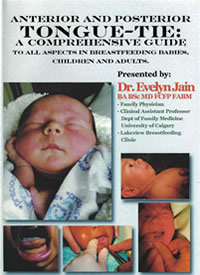 You’ve become known primarily for your work with tongue-tie. How did that happen?
You’ve become known primarily for your work with tongue-tie. How did that happen?
In the first year of my practice, I saw one particularly remarkable mother who was doing everything completely right and yet her baby was not thriving and her nipples were badly damaged. I was at a loss and then I looked inside the baby’s mouth and the tongue was not moving well, and then I found this membrane, the very prominent anterior tongue-tie. I realized that was the reason for all of her problems and that it was up to me to do something about it.
So that was the first frenotomy that I performed. After that, I was more diligent in looking for this and would find it in a certain percentage of our patients (it’s thought to be about 5% of the general population; of course, a much higher proportion will be seen at any breastfeeding clinic).
I ran into considerable opposition about this. Several of my colleagues were extremely upset to the point of preventing patients from attending the clinic, but that was in 1994. My response to that was to create a video to show my colleagues what problems could be caused by a tongue-tie, how it was released safely and what benefits the patients derived from that release.
My initial plan was to distribute a few copies amongst my local colleagues, but my staff recommended using the Web to advertise it for a wider audience, which I did, and was bowled over by the number of people who wanted to buy that video in 1996. It was out there for 16 years, and led to many wonderful speaking opportunities worldwide.
Last year, as I had gained much more experience I created a much more broadly based video, “Anterior and Posterior Tongue-Tie: a Comprehensive Guide’ in 2012, which has had a similar huge success, to my great delight. This one includes, in addition to breastfeeding issues in depth, special features on child, adult and dental issues.
Do you think, Dr. Jain, that tongue-tie could be a bit overdiagnosed and over-stated as an issue?
Well, I think there are a few cases like that, especially in the case of posterior tongue-tie, and I think it behooves all of us in lactation work to do the whole job and not just pick this one condition and blame that. Because of this there are many things depicted on the new video such as great attention to proper technique in latching. We also need to treat the damaged nipples, the sore nipples, and deal with the milk supply in every way possible, and even supplement the baby as needed to make him or her stronger and better able to nurse.
I would say from what I see in referrals I receive, at least 90% are legitimate referrals and probably 10% or less would be cases that can be solved by other methods without a release. I surprise myself though sometimes, when a tongue-tie seems anatomically small but the release that’s possible with a posterior frenotomy can still produce a dramatic difference to the opening of the mouth and the sustained sucking and swallowing.
While frenotomy is a very simple procedure, it is also one of extreme precision. There is no room for any errors and so I believe it’s beneficial in most cases for practitioners to have plenty of experience of diagnosing it by inspection and palpation and assessing the functional issues involved before clipping it. I myself did anteriors for many years before addressing the posteriors, which are a little trickier.
My goal in teaching has been to ensure that anyone interested in treating tongue-ties has learned the necessary precision and technique so that there is not a risk in doing it. In talking to some of my colleagues recently at the Academy of Breastfeeding Medicine, it appears the consensus is that clipping with scissors surgically appears to be less painful than the laser treatment. I had been getting concerned about that as I perform it with scissors always and do want my patients to have the best possible care.
Did your baby have difficulty latching properly because she was tongue-tied? Who identified it, and what kind of care did you receive?



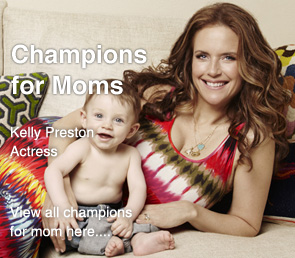
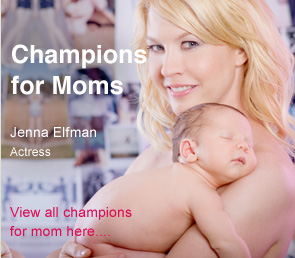
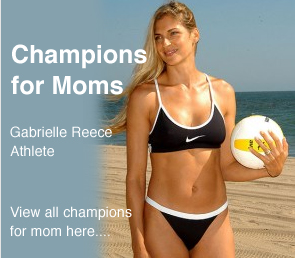
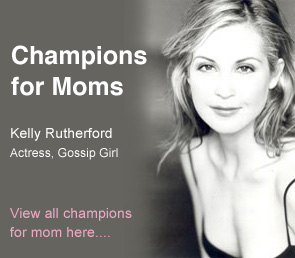
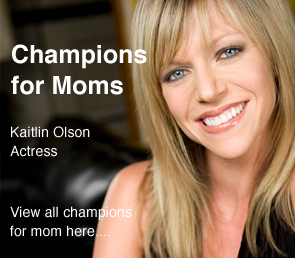
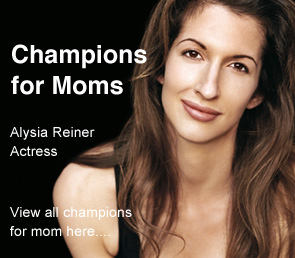
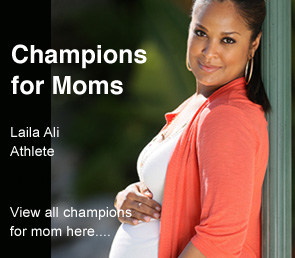
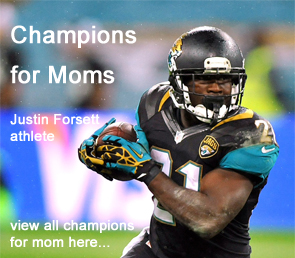
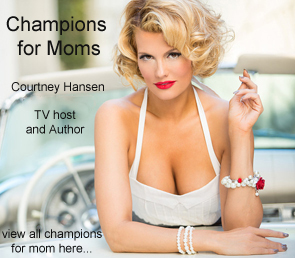
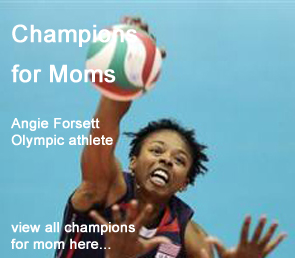
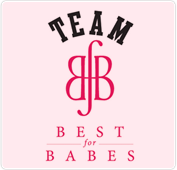
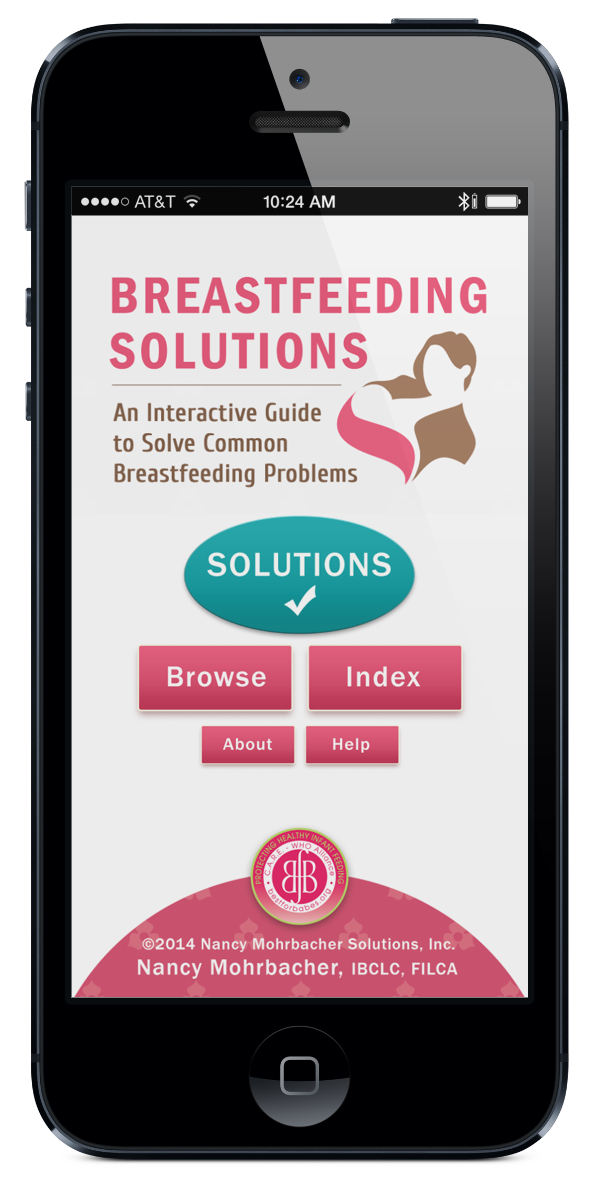
Thank you for sharing this informative interview with Dr Jain! My son had a very posterior tongue tie, and like Dr Jain commented, it was very small but had a significant impact on breastfeeding. I stubbornly breastfed my son despite weeks of pain, sore nipples, thrush, vasospasms from the damage, and eventually, bleeding from inside the nipples. My son was getting enough milk most of the time and growing just fine without supplementing, but after about 6 weeks of no improvement and several visits to lactation consultants, we determined that the root cause had to be in his mouth. After a painful feed, my nipples were lipstick shaped which, I guess, can be a sign of posterior tongue tie. Luckily, my hospital has a great tongue-tie expert and we were able to see this wonderful doctor. After a short consultation, watching us feed and feeling his tongue, she determined that it needed to be clipped. Within minutes, we were feeding with almost no pain to me! We ended up breastfeeding for almost 2 years
I am glad that you got the help you needed and that you had the dedication and devotion to stay with your breastfeeding relationship through so many problems.
Certainly, posterior tongue needs to be considered after all other management strategies have not worked to make breastfeeding easy and comfortable.
warmly,
Nikki Lee
It seems I way very lucky in that I knew the boys in my family were predisposed to tongue tie. My Dad was, my uncles, & a number of my cousins & my brother as well. All had to be cut, though I don’t think I any of them besides my brother were breastfed. (My brother nursed well with it, but had it cut later due to speech problems.) When I had my son & he had nursing challenges, I thought tongue tie was an issue. An LC confirmed & our FP Dr did it once she saw that his tie was so bad the end of his tongue was heart shaped.
I am so relieved to see this information published to a wider audience more recently. Both of my sons have been tongue and lip tied. With my first, I had severe nipple damage in first weeks, and chronic bruising, vasospasms, pain, and a creepy-crawly feeling for the duration of our nursing relationship. He was slow to gain weight and often choked and gasped during feeds, and always nursed at very short intervals. When he started solid foods, he gagged and vomited on everything for months. My mother had breastfed me and my siblings well into toddlerhood, I was plugged into LaLeche League, and my mother’s best friend was the Southeast Asia coordinator for LLL years ago, so I had plenty of very knowledgeable support. I kept digging in every source I could find as to why we were struggling so much when it seemed I was doing everything right. I read a couple of vague references to tongue tie and asked my son’s doctor if that could be the case when I was still in pain at 3 and 4 months, but she dismissed the idea without so much as a look in his mouth. When he was 17 months old, I read a post by another mother about lip tie, and followed her links to the website of Dr. Lawrence Kotlow, DDS who is one of the leading experts on laser revision of tongue and lip ties. Looking at his pictures and descriptions, lights went on and the following month, at 18 months old after driving 3 hours to get to his office, he was formally diagnosed with a combination of anterior and posterior tongue ties as well as a lip tie, and he had them revised that day. Miraculously we were still nursing (just barely) and we continued to nurse 4 more months after that. I’m forever grateful for those few months of peaceful nursing without pain after all the misery we went through before that. The revision also enabled him to eat solid food without any further trouble, allowed him to start using consonant sounds in his speech, and he gained 2 lbs in one month!
With my second, I was armed and ready and he had his first revision at 10 days old. Unfortunately there was some reattachment as well as not releasing enough of the posterior portion of his tie the first time, so he had a second revision at 3 months. After that, with the help of some suck training he improved dramatically and we are still going at 21 months!
I also recently had my own tongue tie revised via laser. Mine was one of those cases that didn’t look like much (small anterior portion, deeper posterior portion that was thick and tight, almost exactly like my boys’) and my mother reports nursing me without pain, but I was so tiny as a baby I was not even on the growth charts until the age of 2 and the tie has caused me chronic neck tightness and pain, jaw tightness and clicking, and headaches as well as mild but persistent acid reflux. I’m a week post-revision and already seeing some major improvement in all areas.
The amount of information out there about tongue and lip ties seems to have really exploded in the last 2 years. I definitely don’t remember seeing anything like this 4 years ago when my oldest was born. I hope it saves many mothers and babies out there from what I went through. I hope to get certified as an IBCLC in the near future and offer my experience to help other pairs have successful breastfeeding relationships!
Thank you Best for Babes for making this wonderful interview of Dr. Jain, by Nikki Lee, available to the rest of us! There are powerful truths inherent in this story of one women’s venture into motherhood, breastfeeding, a career shift, and — ultimately — the practice of mother-empowering medicine! Hear, hear.
My daughter had posterior tongue-tie but it had to be a minor form as I didn’t even notice is. Our family doctor found it and it was immediately dealt with. I didn’t know it can be such a problem.